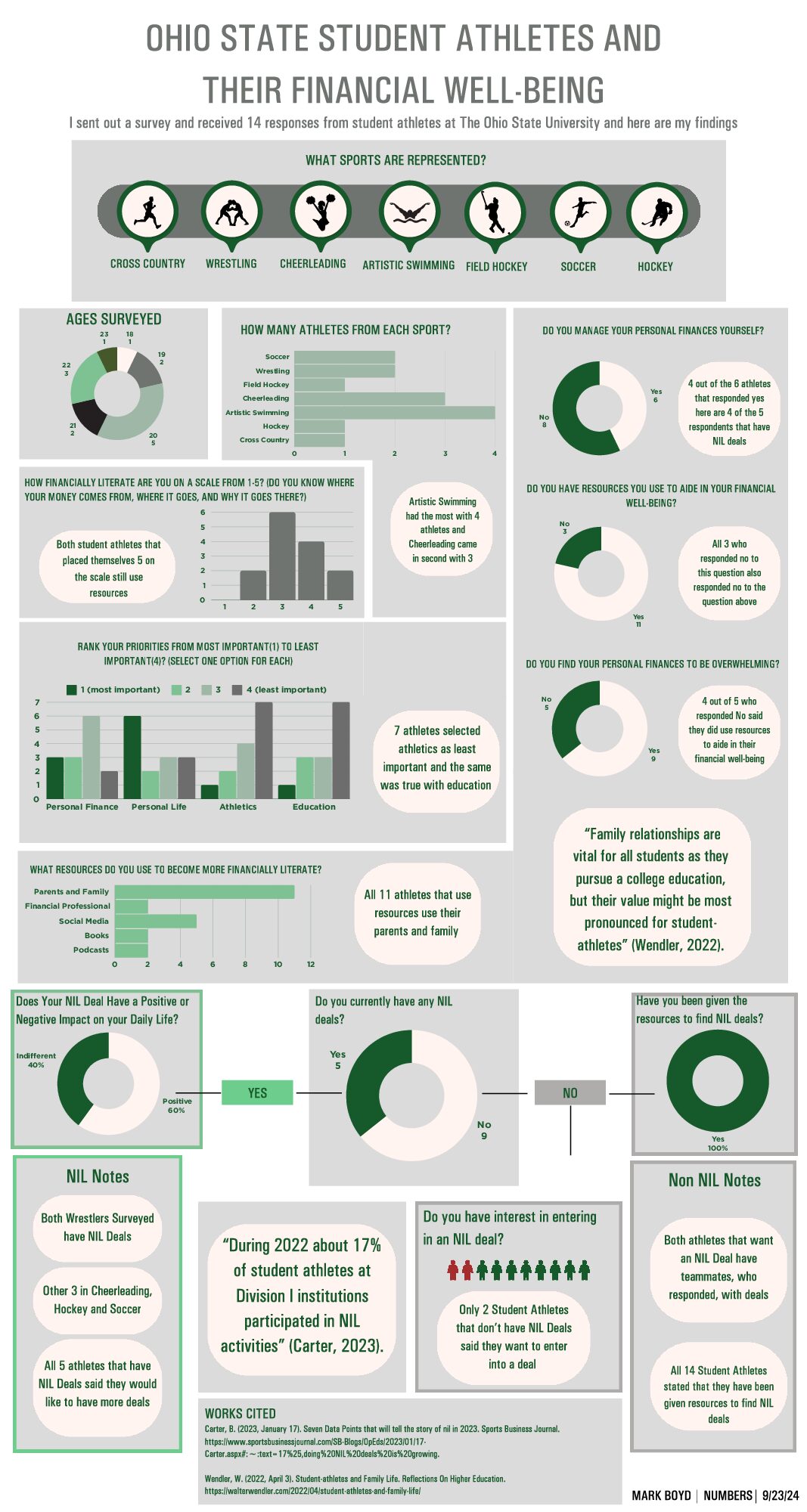Money has been a key symbol of power and wealth. While children typically do not have such power yet, it is essential to introduce them to the value of money early in their lives. To introduce them to these concepts and understand how such power can exist with this ambiguous set of numbers we call money, this conjecture will require them to work with other subjects to maneuver in a space with controlled variables, ideally an adult that understands generally their own finances and the system of the economy.
This conjecture uses a collaborative approach to invest in a new classroom design as a class inspired by RPGs, Pokémon Day Care, and incremental games like Cookie Clicker. Each student will be given a starting pay which will be added throughout the class–but students need to be careful with this money because its value will continue to decrease with inflation! The currency may be measured by patience, tasks, or investments of items bought (maybe even something else?). With inflation, the prices of the different appliances/ furniture/ space will be adjusted throughout the year in an unpredictable pattern. Physical decorations (furniture & products) can be bought by any student and placed in any “public property” (the classroom). If the students have the patience to save up money, they can extend the classroom space where any students can “access” but not place items onto that property. If this process is further advanced, students can also sell these products/spaces to other students according to the timing of inflation–they might be able to make major investments.
Although I have no way of assuming how they interact with this concept, the game as a whole value the notion of how in order to make money, you need money. With the freedom of using the money to manipulate the classroom, students may or may not like how other students change the space. To contribute students could simply save up, but it would not grow as quickly compared to if they were to invest their savings into different products of which the value may increase or decrease depending on the demand.




